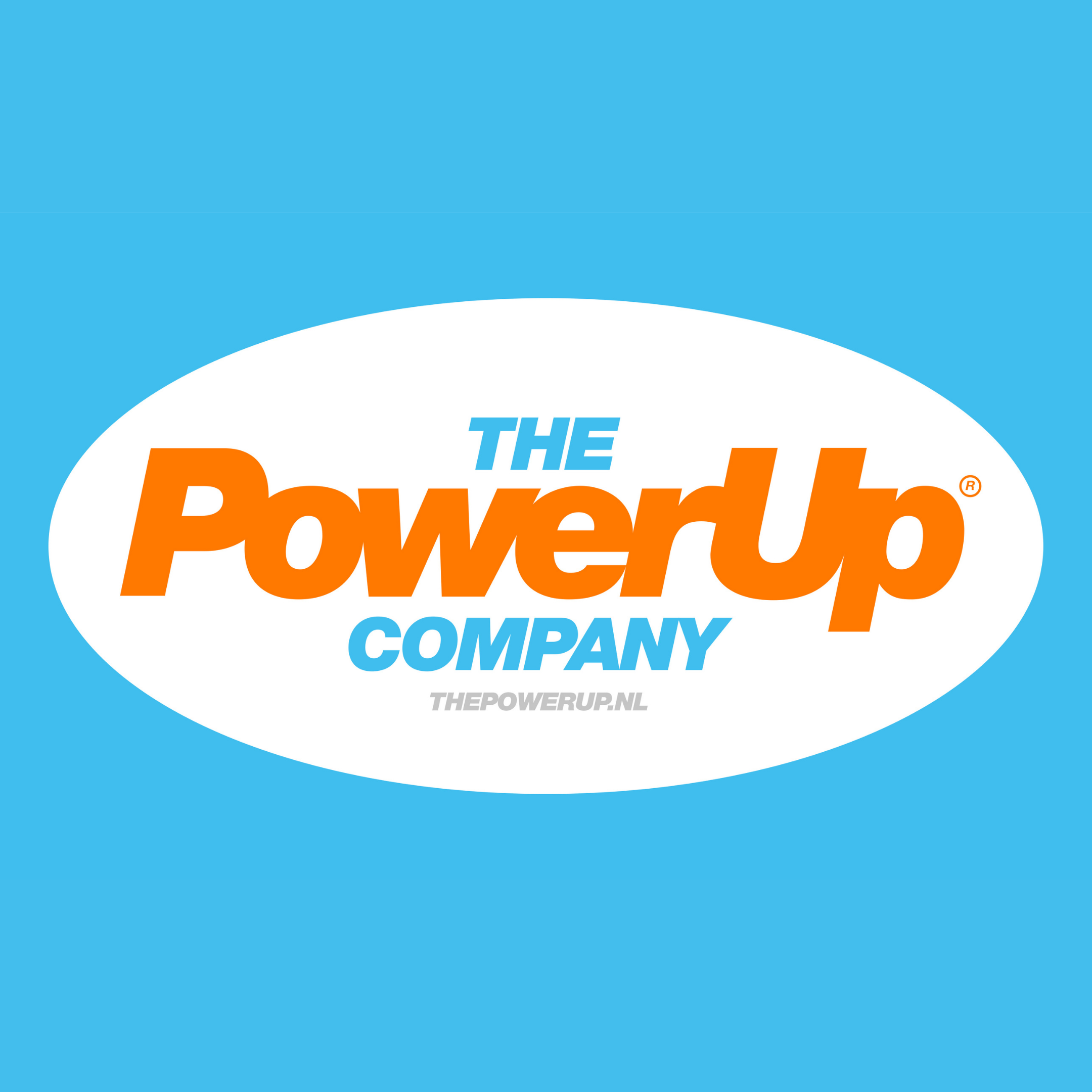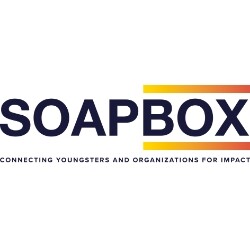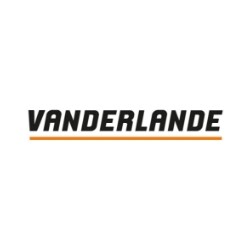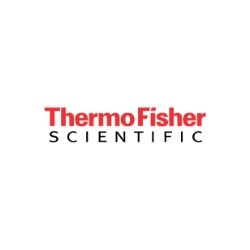Category: Prosperity
InCharge
Team info
Clusters
We are looking for new team members with the following skills
Wanna be part of a team working on the future of smart mobility technologies? Do you wanna get a more hands on, practical experience with a real technological challenge? Then join us in team InCharge! We are a student team working on dynamic wireless charging (DWC) of Electric Vehicles (EVs). DWC is the charging of EVs while moving by induction using coils. We are here to improve this technology using different materials on the coils, such as Aluminum. We are looking for enthusiastic, entrepreneurial-minded students who want to shape the future of our young aspiring team! No experience or background knowledge on the topic is needed, just willingness and dedication. Non-technical roles, like, PR and Marketing, are also invited to apply.
Contact usThe Mission
Dynamic wireless charging is the concept of charging electric vehicles while they are in motion. This can be achieved by using coils in both the vehicle and the path itself. The vehicle is charged by electromagnetic inductance. This means that the coil in the road generates a magnetic field that passes through the coil in the car, inducing a current in the vehicle that charges its battery. The team first started as an Honors Academy team with three members. During this year, the team did all the needed background research. We found several enterprises working on this same technology and did market research on their advancement and the implementation of their technology in different sectors. Besides, the team grew their knowledge around Dynamic Wireless Charging by reading research papers and interviewing professors. Last year, our second year, we had 3 main focuses team building, strong business case and having a proof of concept. In the beginning the team consisted of the 3 founders, but after the welcoming of 2 other Honors members the recruitment of other students was a priority. By increasing our social media platform and exposure by the end of the year we were 9 members from different backgrounds. The team participated in last years TUe contest on the prototyping section. After discussing our view, many companies suggested shifting our vision to be from implementing our technology on roads to warehouses. By doing this the customer would be clear and the implementation would be much easier, aside from improving the productivity of these hubs. The team won the logistics award of the TUe contest from Vanderlande. For the proof of concept, we built two copper coils by hand, a long one and a smaller one. The long coil was imbedded in the path, with a high voltage current going through it. The smaller coil is connected to the oscilloscope, which while this coil is moved through the path it registers a current. The team is seeking to first implement these coils on existing AGV and charge their battery while moving through a path that would also need to be built. Once it is possible to put this product into use, the team would seek partnerships with companies that design AGVs, AMRs (automated mobile robots), forklifts, etc. To build these types of machinery but with a smaller battery. The team is separated into two branches: Technical and Business/HR. Mikey Gustavson oversees the technical department as well as being the official secretary of the team. Under his leadership one can find the people that work with the set-up and improving the current proof of concept, and the theoretical team which does research about other ways to improve the current set up using different approaches. The other department is led by Jon Almagro, also the chairman of the team. Here, the focus is mostly on connecting with enterprises, participation in the TUe contest, other events, different competitions, TUe innovation space. Finally, our current treasurer Lorenzo Cammarota, is InCharge of the flow of capital that goes through the team apart from being part of the business department.
The Challenge
Warehouses, harbors, and airports are demanded to operate at a faster and faster rate every day. Advancements in technologies have allowed this to happen by introducing automated guided vehicles, which have proven effective in these sectors. However, at what cost? These vehicles use big batteries for which content is harmful to the environment after its lifetime. Besides, to build these machines, we exploit many of the planet's rare metals and resources. Financially speaking, it is not very productive to have an area where AGVs can charge and the time it takes for them to be charged.
The Solution
With Dynamic Wireless Charging, these problems are solved. This technology would charge the vehicles while moving, thus they would not need to be stopped to be charged and the facility could operate 24/7, increasing productivity. The space previously needed for the AGVs to charge could be put to better use. In addition, using this technology, the establishment would need fewer AGVs in total and the batteries of these could be reduced. The goal of our student team is to implement DWC technologies that would charge automated guided vehicles in warehouses, harbors, and airports.





